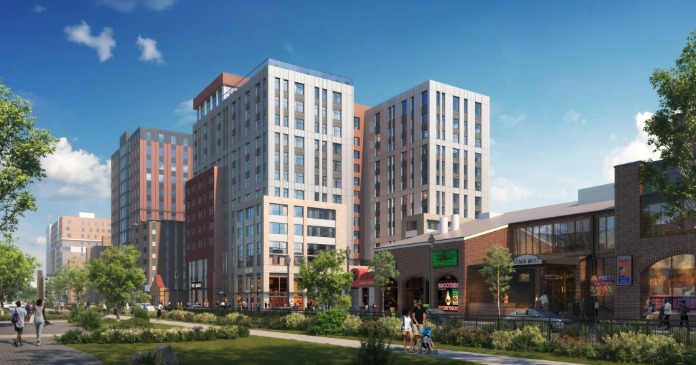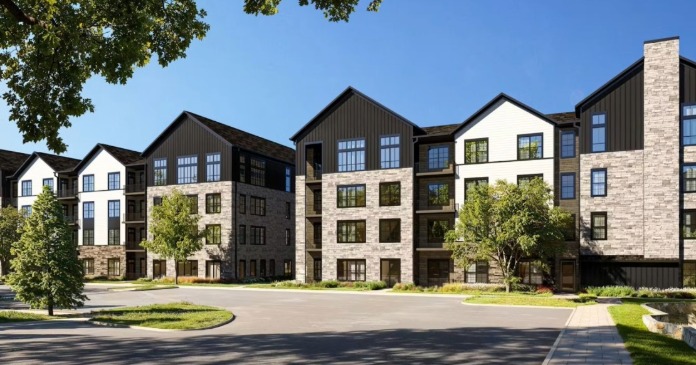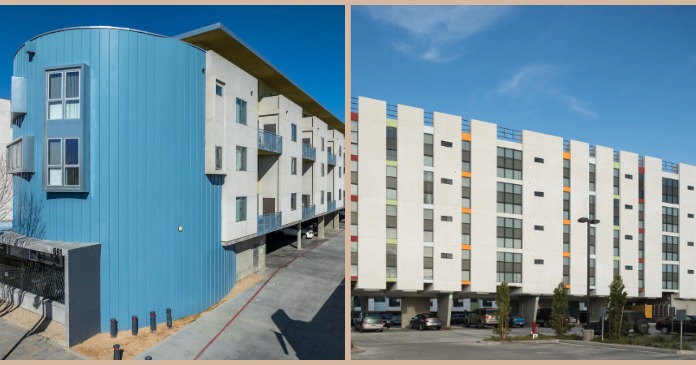The Bureau of Labor Statistics (BLS) released its producer price index report for March, 2019. It showed that overall prices for processed goods for intermediate demand rose by 0.6 percent from February after rising 0.4 percent in January. Energy accounted for 60 percent of the price rise in the latest month. This compares with a 1.9 percent rise in the all-items consumer price index (CPI) for the 12 months ending in March.
The BLS price index of materials and components for construction was up 0.2 percent from February 2019, and was 3.1 percent higher than a year earlier.
Multihousing Pro (PRO) compiled the BLS reported changes for our standard list of construction materials prices. These are materials whose prices directly impact the cost of constructing an apartment building. The two right hand columns of the table provide the percent change in the construction materials prices from a year earlier (12 Mo PC Change) and the percent change in price from February 2019 (1 Mo PC Change). If no price data is available for a given commodity, the change is listed as N/A.
| Commodity | 12 Mo PC Change | 1 Mo PC Change |
| Softwood lumber | -13.3 | 0.6 |
| Hardwood lumber | -3.9 | -0.4 |
| General millworks | 2.7 | 0.6 |
| Soft plywood products | -18.0 | 1.8 |
| Waferboard and oriented strand-board (OSB) | N/A | N/A |
| Hot rolled steel bars, plates and structural shapes | 12.2 | -1.3 |
| Copper wire and cable | 0.0 | 5.1 |
| Power wire and cable | 10.8 | 0.2 |
| Builder’s hardware | 4.1 | -0.2 |
| Plumbing fixtures and fittings | 6.2 | 0.0 |
| Enameled iron and metal sanitary ware | 0.3 | 0.0 |
| Furnaces and heaters | 9.8 | 0.2 |
| Sheet metal AC ducts and stove pipe | 0.6 | 0.0 |
| Electrical Lighting fixtures | 7.5 | 0.1 |
| Nails | 10.6 | -0.5 |
| Major appliances | 5.6 | -0.3 |
| Flat glass | 1.5 | 0.1 |
| Ready mix concrete | -1.0 | -0.1 |
| Asphalt roofing and siding | 8.4 | -2.9 |
| Gypsum products | -8.6 | -1.2 |
| Mineral wool insulation | 4.3 | -2.6 |
Lumber prices remain well off of their peaks from last summer, although their decline seems to have ended. These price changes are illustrated in the first chart, below.
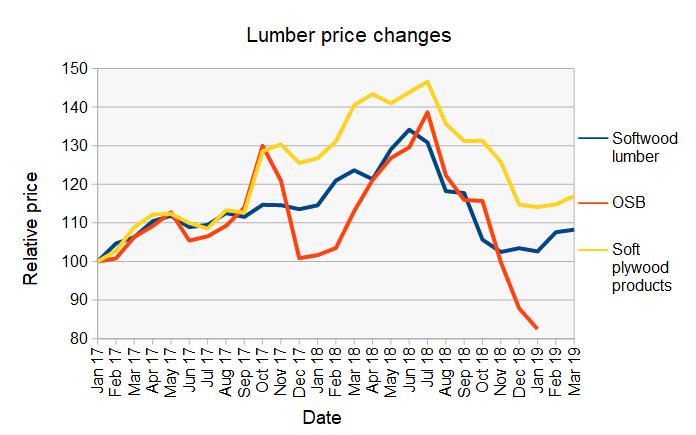
For the second month in a row, the BLS has not reported on the price of waferboard and OSB. However, a lumber industry trade publication, Random Lengths, reports that their structural panel composite price index is down 31 percent over the last 12 months and is down 36 percent from the peak it reached last summer. They attribute weather induced delays in construction projects to soft demand for these products. They also speculate that construction labor shortages may limit demand even when the weather improves.
The surge in lumber prices that started in the spring of 2017 was followed a few months later by surges in other construction materials prices. The price changes of some of these other commodities are shown in the second chart, below.
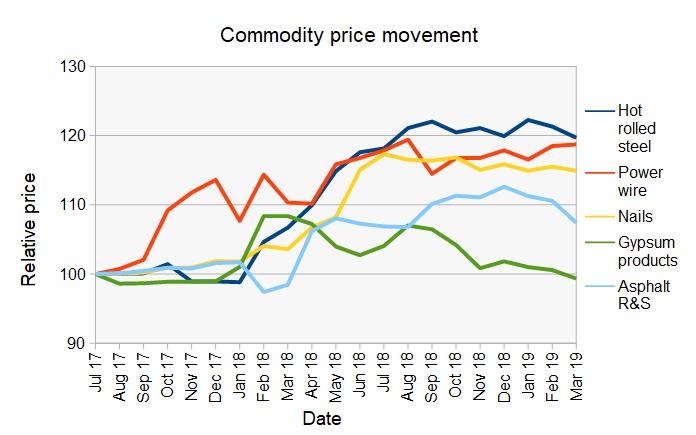
While the prices of some of these commodities never rose as high as did those of lumber, they have also not come down from their recent highs. This is particularly true for metals. Worldwide demand for copper is expected to exceed supply through 2020, putting upward pressure on prices. Steel tariffs imposed in February, 2018 caused a jump in steel prices in the United States and the issues which drove the tariff increases remain unresolved.
The full BLS report can be found here.












